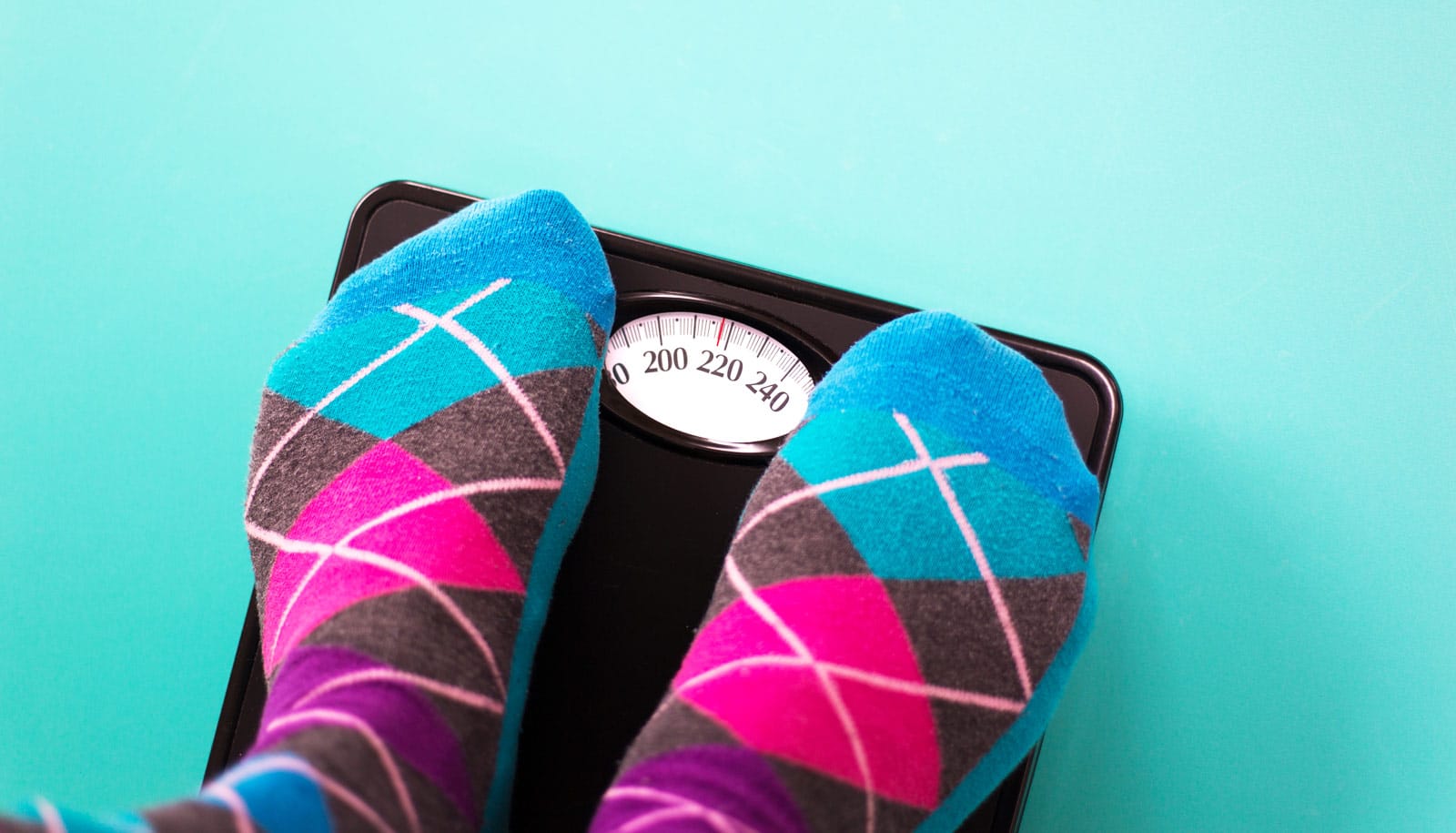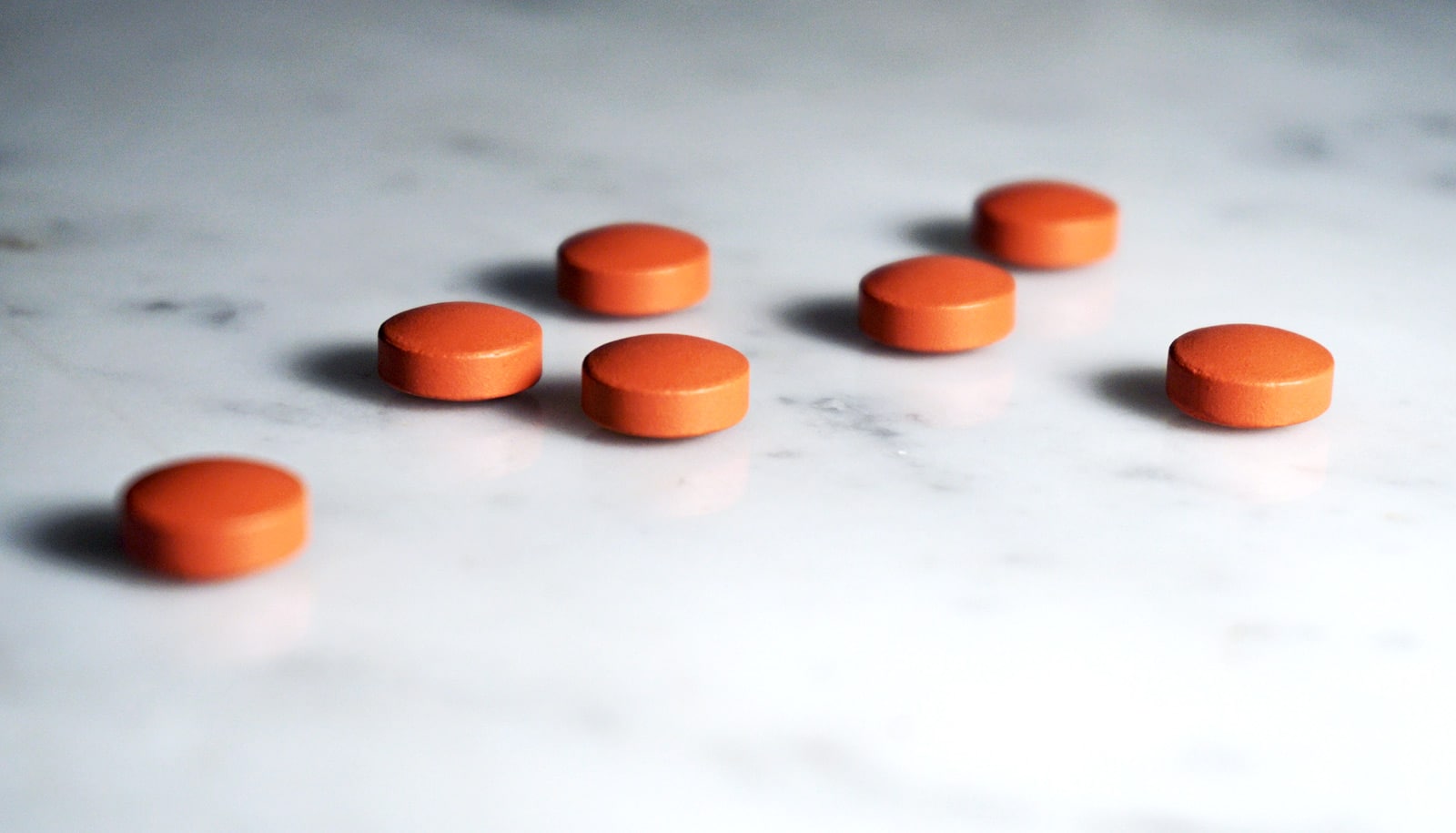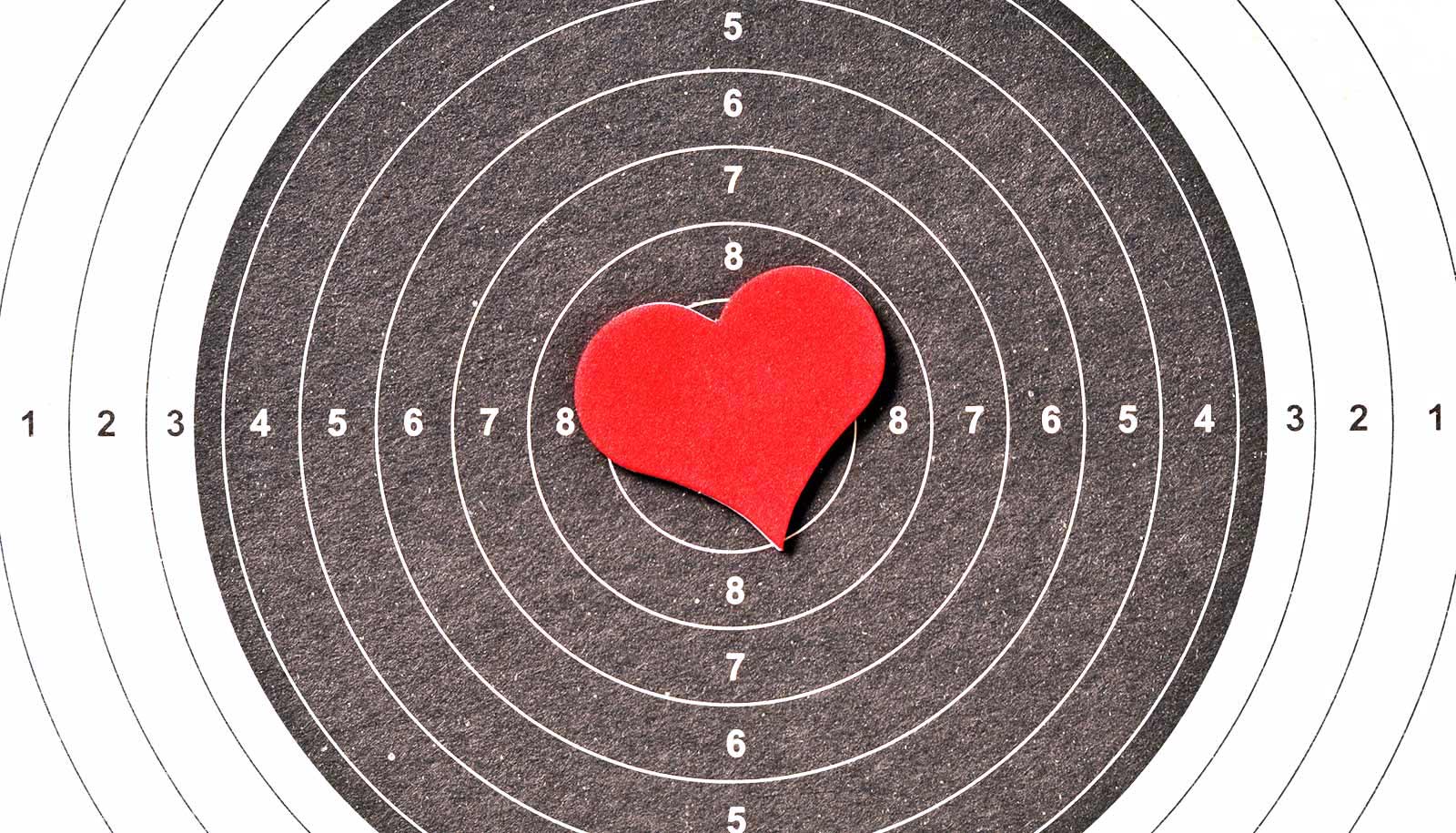Exercise may improve the health of blood vessels in the heart for people with heart failure, according to new research.
The finding is based on a study with swine, which have very similar blood vessels and heart muscles—both structurally and functionally—as humans.
Generally, exercise is considered good for you. However, doctors used to prescribe bedrest to people with heart failure, fearing exercise could potentially lead to additional health problems.
“…regardless of intensity level, some type of physical activity was good for heart health compared to no exercise at all.”
Craig Emter, associate professor in the College of Veterinary Medicine at the University of Missouri, studied three different groups of swine with heart failure: one group was inactive; a second group exercised using intervals with a higher level of intensity for short periods of time intermixed with periods of lower intensity; and the third group exercised with a constant lower level of intensity.
Emter found that regardless of exercise intensity or duration, any level of exercise resulted in improved health of blood vessels in the heart.
“People with heart failure cannot do everything that a healthy individual can, so the question becomes how much exercise can they handle and what type of impact will it have on their health,” Emter says. “We found that regardless of intensity level, some type of physical activity was good for heart health compared to no exercise at all.”
Emter explains stiff blood vessels can block or impair blood flow to the heart and can lead to a variety of cardiovascular issues. The research findings could be useful for human medicine as well.
“We now have a better understanding of how blood flows in the heart, the stiffness of blood vessels and the impact that exercise has on heart health,” Emter says. “Understanding the underlying science of the heart allows us to help improve the health of people with heart failure.”
The study appears in the Journal of Applied Physiology.
Additional authors came from the University of Saskatchewan and Ball State University. Funding came from the National Institutes of Health. The content is solely the responsibility of the authors and does not necessarily represent the official views of the funding agencies.
Source: University of Missouri



